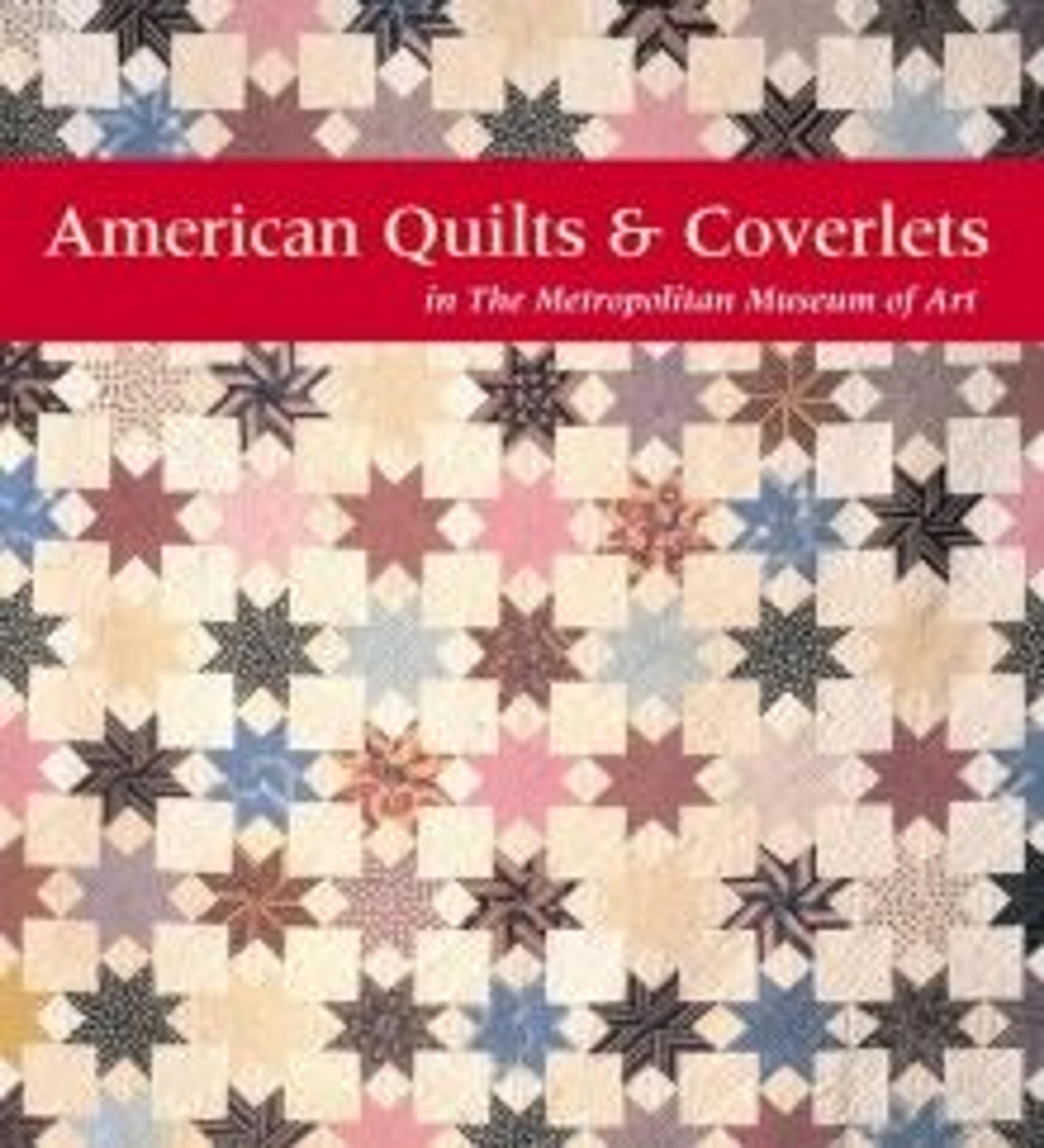Quilt, Nine Patch pattern variation
This Nine Patch quilt, along with two others in the Museum’s collection (1980.498.1 and 1980.498.3) were made by Rebecca Davis, grandmother of the donor, Mrs. Andrew Galbraith Carey. Although this example is not signed, it can be assumed that all of Davis’ quilts in the collection were made sometime around 1846, since her Honeycomb quilt (1980.498.1) is dated to that year and all three share some of the same fabrics. Most of the fabrics sewn into these quilts appear to be English printed cottons, an attribution confirmed by the sections of English design-registration marks visible on a number of the pieces.
Rebecca Davis had an excellent sense of color and design, especially noticeable in this quilt. And although it was probably the easiest to piece of the three and is certainly the most simply quilted, its pattern of internal symmetry is particularly attractive. The pattern has a focal point in the centermost square of the center block, which is flanked in all directions by pairs of matching blocks. Only the two outermost rows of blocks do not match, perhaps because Davis ran out of fabric.
Rebecca Davis had an excellent sense of color and design, especially noticeable in this quilt. And although it was probably the easiest to piece of the three and is certainly the most simply quilted, its pattern of internal symmetry is particularly attractive. The pattern has a focal point in the centermost square of the center block, which is flanked in all directions by pairs of matching blocks. Only the two outermost rows of blocks do not match, perhaps because Davis ran out of fabric.
Artwork Details
- Title:Quilt, Nine Patch pattern variation
- Maker:Rebecca Davis
- Date:ca. 1846
- Geography:Made in United States
- Culture:American
- Medium:Cotton
- Dimensions:84 3/4 x 82 3/4 in. (215.3 x 210.2 cm)
- Credit Line:Gift of Mrs. Andrew Galbraith Carey, 1980
- Object Number:1980.498.2
- Curatorial Department: The American Wing
More Artwork
Research Resources
The Met provides unparalleled resources for research and welcomes an international community of students and scholars. The Met's Open Access API is where creators and researchers can connect to the The Met collection. Open Access data and public domain images are available for unrestricted commercial and noncommercial use without permission or fee.
To request images under copyright and other restrictions, please use this Image Request form.
Feedback
We continue to research and examine historical and cultural context for objects in The Met collection. If you have comments or questions about this object record, please contact us using the form below. The Museum looks forward to receiving your comments.
